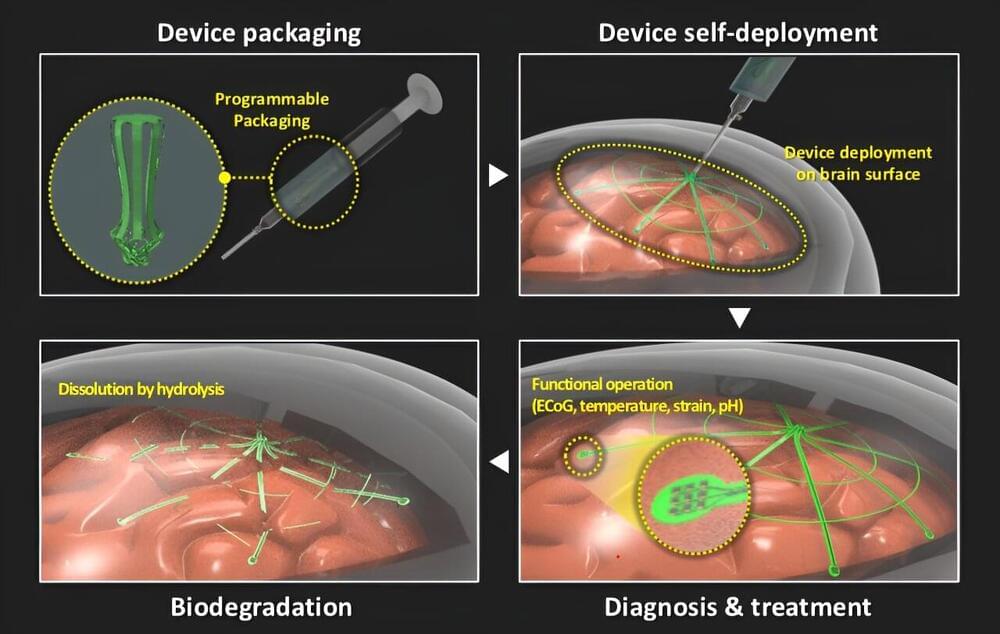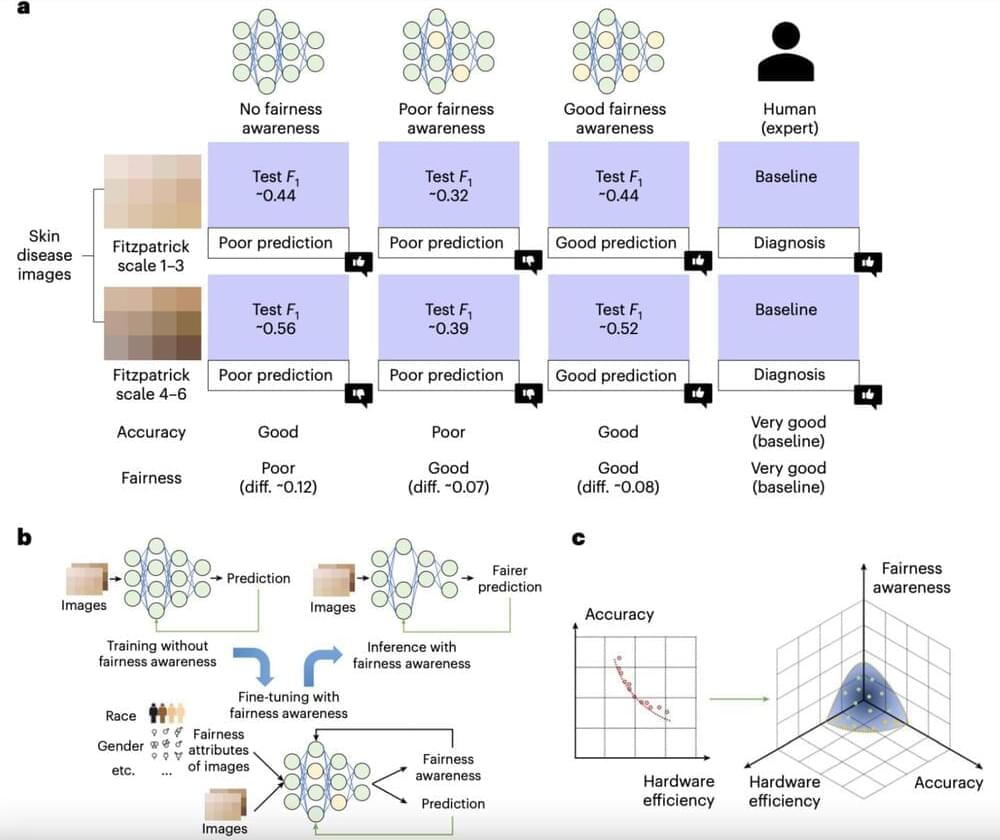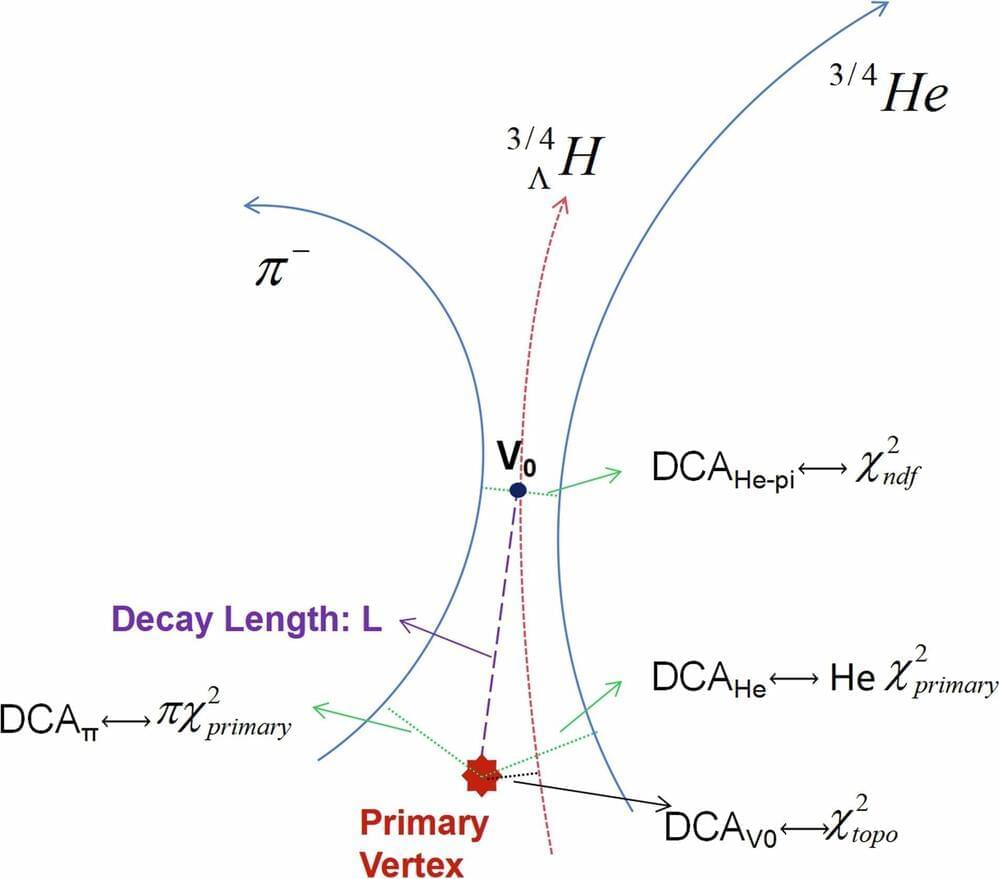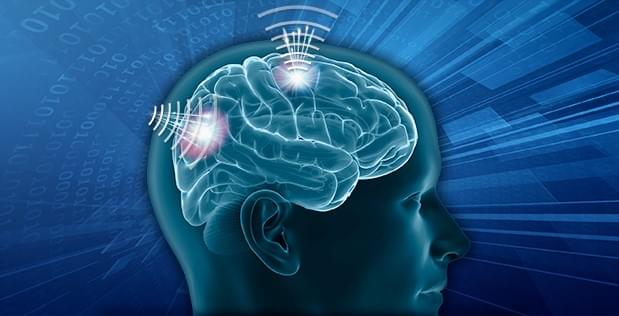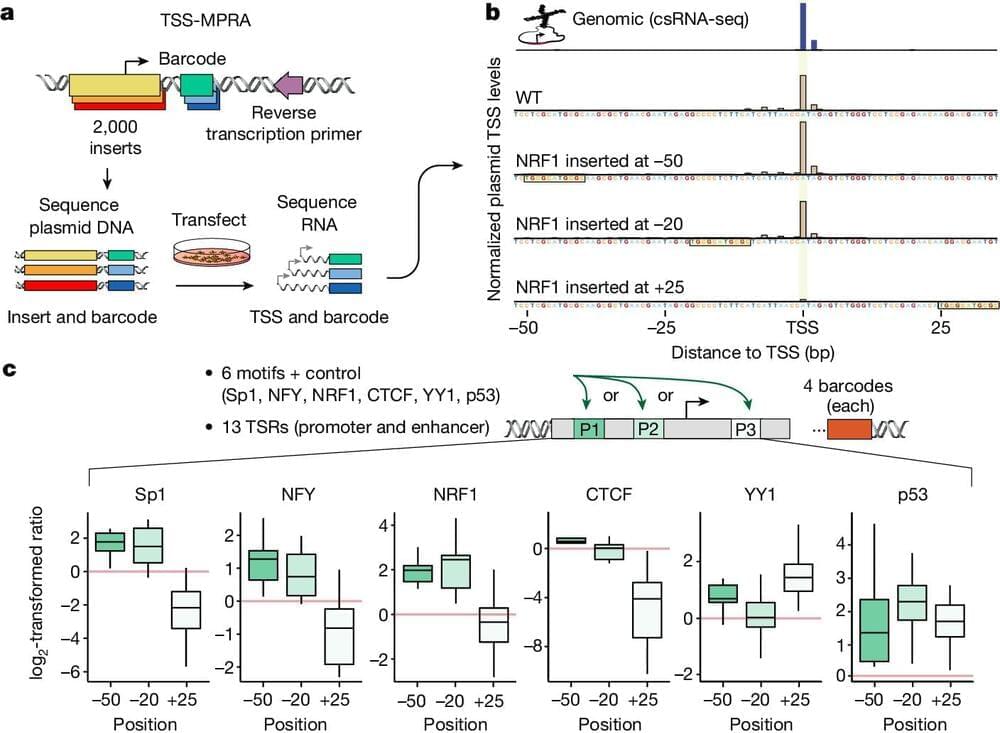Aug 26, 2024
Self-deployable, biodegradable electrode offers minimally invasive brain signal monitoring
Posted by Saúl Morales Rodriguéz in categories: biotech/medical, neuroscience
Sensors that can be easily and safely introduced in the brain could have important medical applications and could also contribute to the development of brain-interfacing devices. While significant progress has been made toward the development of these sensors, most existing devices can only be deployed via invasive surgical procedures that can have numerous complications.
Researchers at Seoul National University and other institutes in South Korea recently created a new biodegradable and self-deployable tent electrode that could be far easier to insert onto the surface of the human brain. Their proposed electrode design, outlined in Nature Electronics, could naturally degrade inside the human body without leaving any residues, which means that once it is inserted in the body it does not need to be surgically removed.
“Our recent paper was born out of a growing awareness of the clinical challenges linked to the implantation of electrodes via invasive brain surgery,” Seung-Kyun Kang, corresponding author of the paper, told Medical Xpress.
